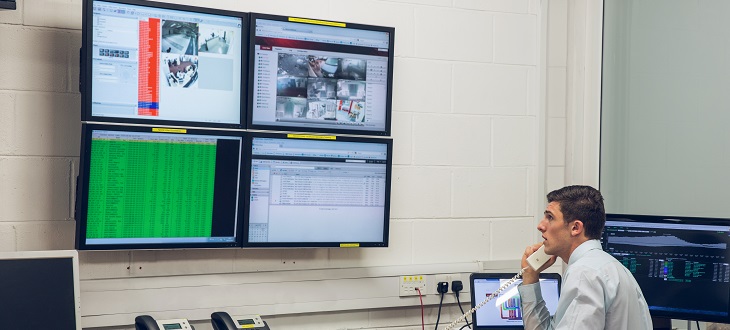
UAE Warming Up To Security as a Service (SaaS)
Major IT security concerns
The threat landscape in the UAE is rapidly evolving in sync with the increasing sophistication of cybercrime across the globe. Cyber threats are on the rise and growing in complexity. Cybercrime has become a heavily globalized industry, with many attacks happening across borders via the internet. Hacker operations globally have become very organised and sophisticated and malicious actors seek to access the most valuable and sensitive information of organisations mainly in the financial services, energy and healthcare sectors.
With the upcoming Dubai Expo 2020 and the announcement to transform the region into a smart city, Dubai has witnessed a boom in the technology sector. With the huge number of tourists and investors coming to the UAE, there will be a large influx of data, which will need greater infrastructure planning. Businesses will have to manage this large amount of information in the most organized way. To ensure the same, investing in additional storage, network capacity and security would be required.
Also, with a severe shortage of cybersecurity talent and the rapid evolution of the threat landscape, many organizations are seeking solutions that provide necessary expertise, are scalable, and serve as predictable operating expenses, rather than variable capital expenses. Hence, they are looking for cost-effective solutions that provide round-the-clock security, and Managed Security Services perfectly fit the bill.
Security as a Service on a rise
UAE’s security as a service trends largely echo global trends, which is the general shift away from traditional security management technologies. Security information and event management (SIEM) technologies often serve as a standard platform for aggregating and correlating security-specific information from an organization’s infrastructure of network and endpoint security technologies. Traditional managed security service providers (MSSPs) manage SIEM technologies as an outsourced function.
High-risk industries, such as finance, healthcare, energy, retail, and manufacturing, often face the greatest amount of adverse pressure from hackers, because they hold large quantities of valuable information (like bank account numbers, medical records, credit card information, etc.). As a result, these enterprises tend to have low tolerance for information security risks and correspondingly greater executive alignment and budget dedicated to building a robust security program.
Decision-makers of these organizations choose between in-house IT security and Managed Security Services depending upon the perceived benefits of these solutions. They will opt for Managed Security Services if it will enable reduced time to detect and respond to advanced threats, or provide a comprehensive integration of advanced security technologies for greater visibility across the entire attack spectrum.
Advanced solutions
MSSPs are developing more advanced solutions to incorporate advanced analytics and more powerful tools for detecting, investigating, and managing increasingly dynamic threats across an expanding range of attack vectors. MSSPs have better insights into security threats based on their extensive experience of dealing with hundreds of potentially threatening situations every day. They are trusted by their customers to protect mission-critical data and systems. MSSPs ensure that they take their customers’ security very seriously and maintain internal policies and processes with the highest security standards.
Meanwhile, the economy is forcing organizations to drive down their operational costs while still maintaining a proactive security setup. Hence more organizations are looking at Managed IT Security as an option, which simply means outsourcing some or all the organization’s security operations to a services provider, where they handle the company’s servers and data security at an off-site data center.

Leave a Comment
Thank You
Your comment will be published after approval.